15 Retro Sandwiches You Probably Haven’t Seen in Decades
Before menus settled into predictable choices, sandwiches often came from whatever ingredients were on hand or from local traditions that rarely spread beyond their region. Wartime shortages, hotel dining rooms, and home kitchens all played a part in shaping them.
The following list looks back at 15 examples that once had their place, but now survive mostly in old cookbooks and memory.
Prosperity Sandwich
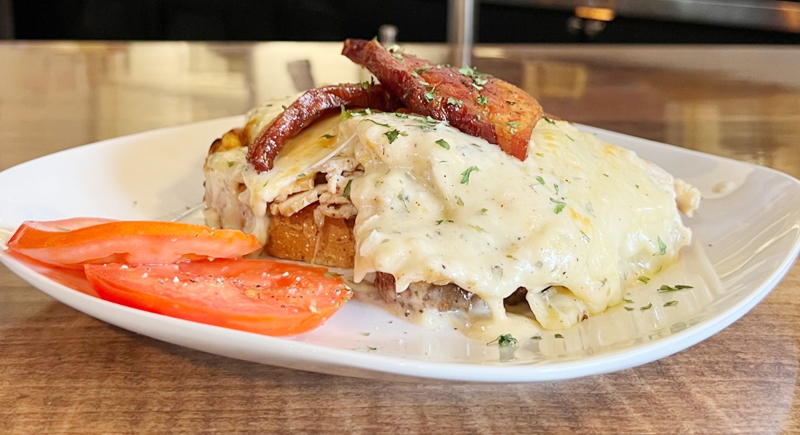
Credit: Facebook
This dish, served open-faced at St. Louis’ Mayfair Hotel, layered sautéed mushrooms and shallots on toast, followed by ham or turkey, cheddar cheese sauce, and tomato slices. Finished with another sprinkle of cheese and broiled until golden, it was more of a fork-and-knife dinner than a grab-and-go.
Brown Sugar and Nut Sandwich

Credit: Canva
A recipe from 1900 suggested mixing brown sugar with chopped nuts, then sandwiching the mixture between buttered bread slices. It was promoted as a school lunch option for children, though it likely leaned more toward dessert than a meal.
Bacon and Prune Salad Sandwich
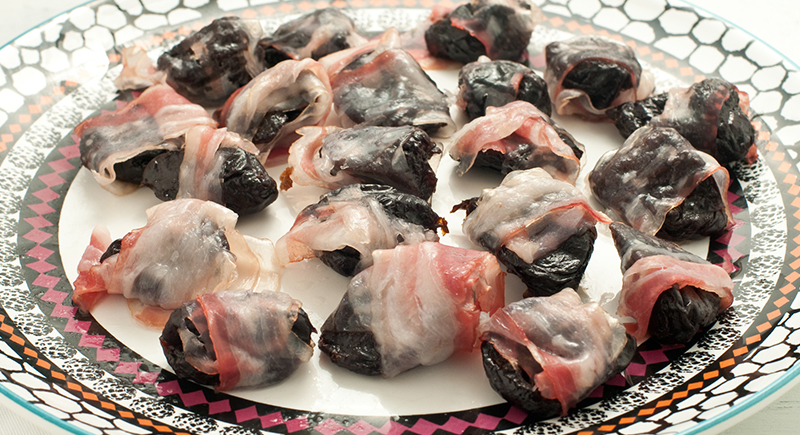
Credit: iStockphoto
By 1949, prunes were still appearing in sandwiches, but this time with chopped bacon, mayonnaise, and seasonings. The mixture created a smoky-sweet filling with a creamy texture. It may have appealed to those seeking a richer flavor than earlier prune-meat pairings.
Watermelon and Cream Cheese Sandwich

Credit: iStockphoto
Instead of bread, picture two hefty watermelon slabs standing in for the slices. The “filling” was a spread of cream cheese mixed with chopped walnuts. It used seasonal fruit in an unconventional way, though eating it without dripping it down your wrist was a feat in itself.
Baked Bean Sandwich

Credit: Canva
A 1941 cookbook suggested mashing baked beans with pickles, olives, and mayonnaise to make a spread. Served on bread, it was hearty and inexpensive. Other versions used string beans or lima beans with mustard or ketchup, showing how far cooks would go to turn available ingredients into meals.
Olive Loaf Sandwich
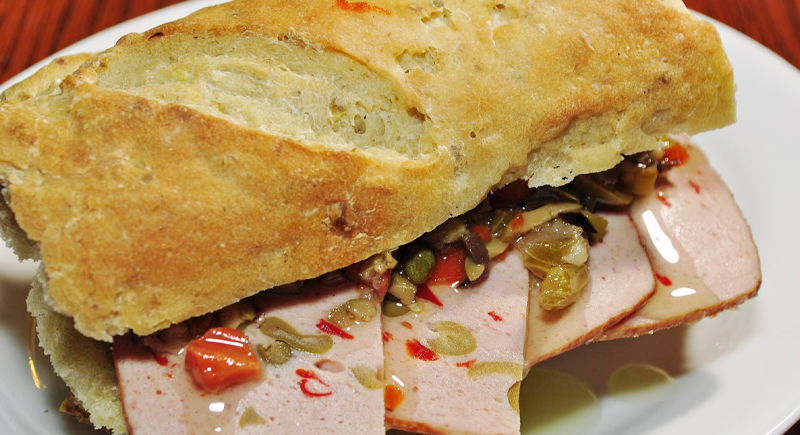
Credit: Wikimedia Commons
Olive loaf, a bologna-style cold cut studded with pimento-stuffed green olives, gained traction in the 1960s and 1970s. The sandwich was typically served with lettuce, tomato, and Miracle Whip. Its briny tang was balanced by soft white bread. The flavor split opinion even then, and these days, spotting it behind a deli counter is a rarity in itself.
Peanut Butter and Mayonnaise Sandwich
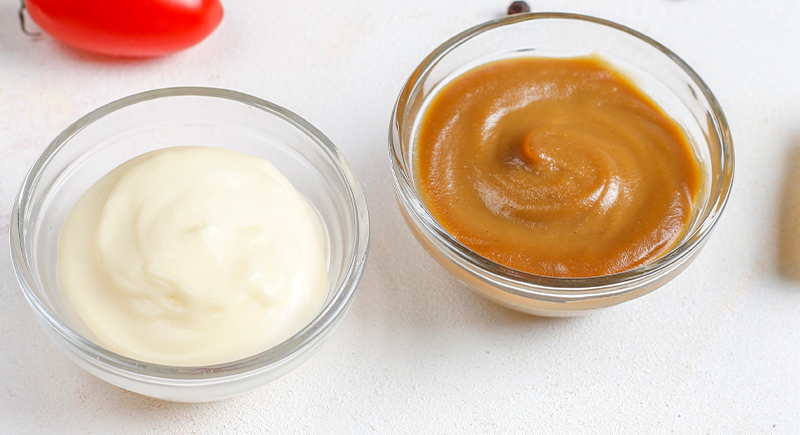
Credit: freepik
During the Great Depression, this filling, high-calorie combination was cheap and kept hunger at bay. Some stuck to the plain version, while others experimented with additions like pineapple, pickles, or bacon. By the 1960s, mayonnaise brands were promoting it as a quirky-but-proud American favorite.
Jellied Chicken Sandwich

Credit: Reddit
Before refrigeration was widespread, savory gelatins had their moment. Minced boiled chicken mixed with cream and horseradish, then set in gelatin. Sliced and slipped between bread, it kept meat fresh longer and offered a texture modern eaters might find puzzling. Back then, it was simply a smart way to stretch supplies.
Prune and Meat Spread Sandwich
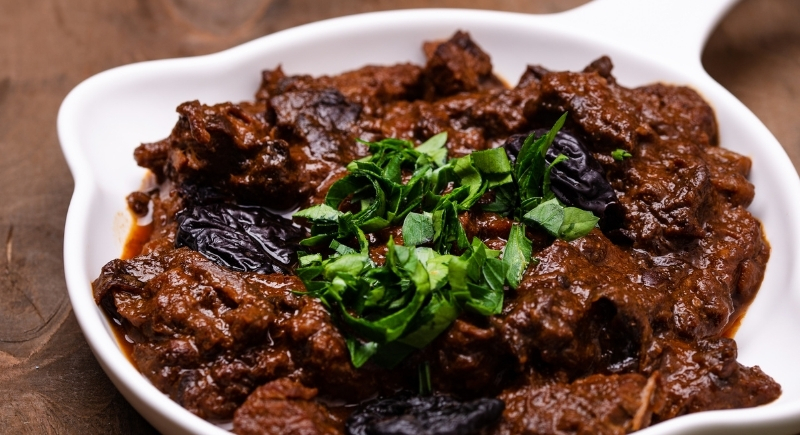
Credit: Canva
A 1940s mix of prunes, deviled ham, ketchup, pickles, Tabasco, and parsley made a spread with a surprising sweet-savory punch. Buttered bread and lettuce rounded it out. Combining dried fruit with processed meat might seem unlikely now, but wartime cooks prized flavor variety wherever they could find it.
Beef Tongue Sandwich
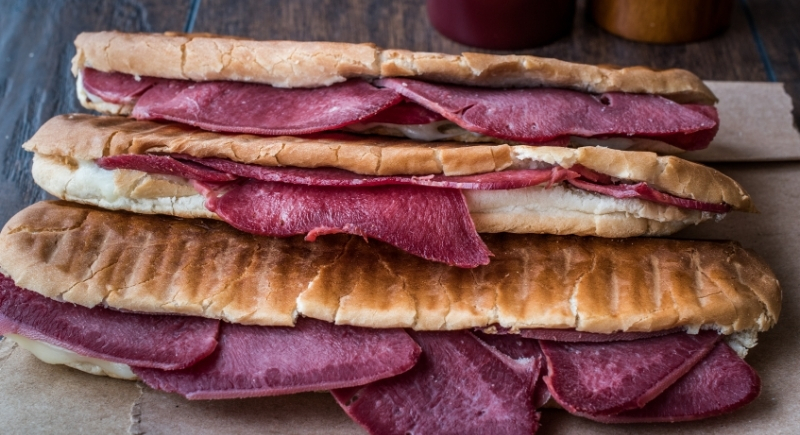
Credit: Getty Images
Once a deli standard, beef tongue was simmered until tender, sliced thin, and served on rye with mustard and onion. Some recipes turned it into a salad with egg or celery salt. The decline of organ meats on American tables all but erased it from the everyday sandwich roster.
Peanut Butter with Olives or Nuts

Credit: Wikimedia Commons
Before peanut butter and jelly cemented itself as the default, cookbook writers pitched variations: mix it with chopped olives and celery, or with whipped cream and almonds. These combinations added crunch, tang, or creaminess, and spoke to a time when home lunches leaned on experimentation.
Sandwich Loaf
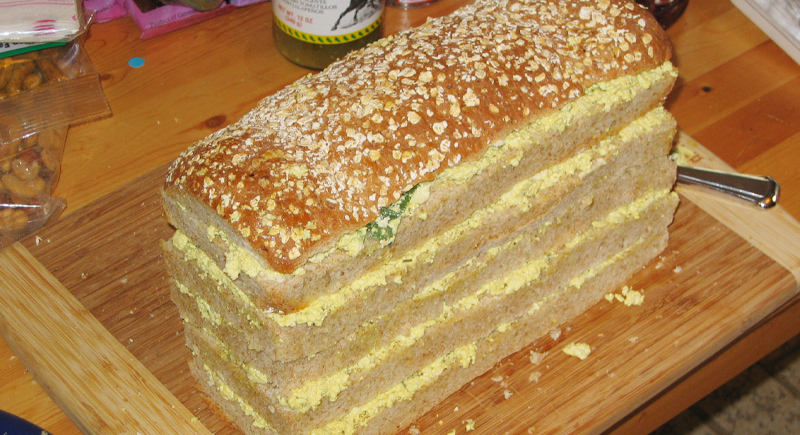
Credit: Wikimedia Commons
From the 1940s through the 1970s, the sandwich loaf was a centerpiece at parties. White bread was stacked with layers of fillings such as ham salad, egg salad, or shrimp salad, then coated in whipped cream cheese to resemble a frosted cake. When sliced, the cross-section revealed its layered colors, which often mattered more to hosts than the flavor.
Bacon Grease Sandwich
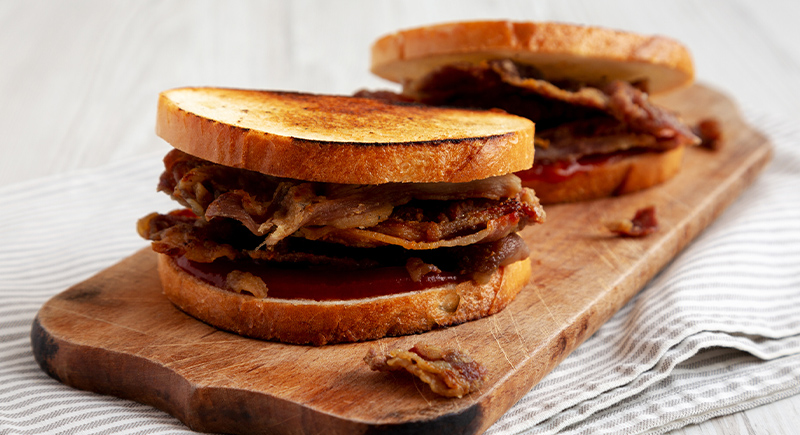
Credit: iStockphoto
Nothing went to waste in lean years, and rendered bacon fat became a spread in its own right. It was less a treat than a practical way to stretch a family’s food budget. Sometimes sprinkled with salt or combined with other drippings, it delivered a smoky flavor and plenty of calories.
Tomato and Onion Sandwich

Credit: Getty Images
This budget-friendly option mixed ketchup with chopped onion, sugar, salt, and pepper, spreading it over buttered bread with lettuce. The absence of fresh tomatoes made it cheap, shelf-stable, and portable, which was a practical choice for workers and schoolchildren in the early 20th century.
Liverwurst Sandwich
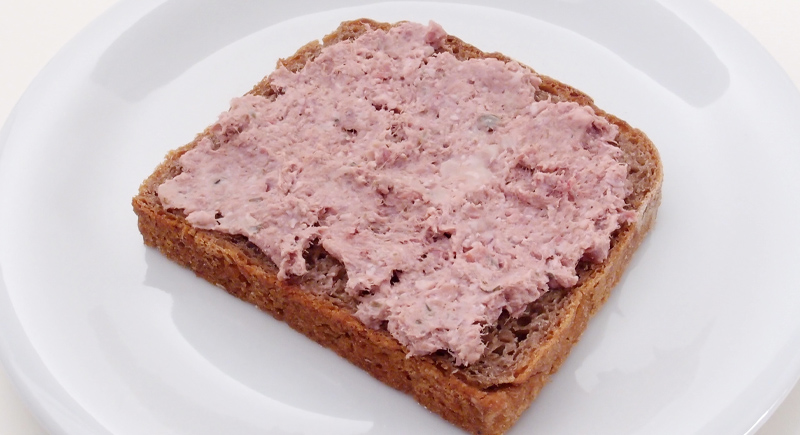
Credit: Wikimedia Commons
Liverwurst, made from pork or beef liver blended with other meats, was sliced or spread onto bread with mustard, onion, and lettuce. Rich, salty, and unmistakably meaty, it’s now harder to find, but it remains a nostalgic favorite for those who grew up with it in their lunch rotation.